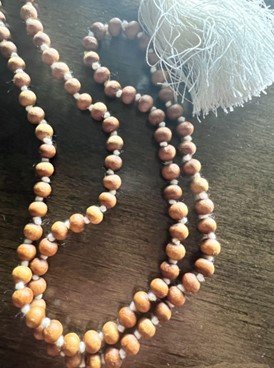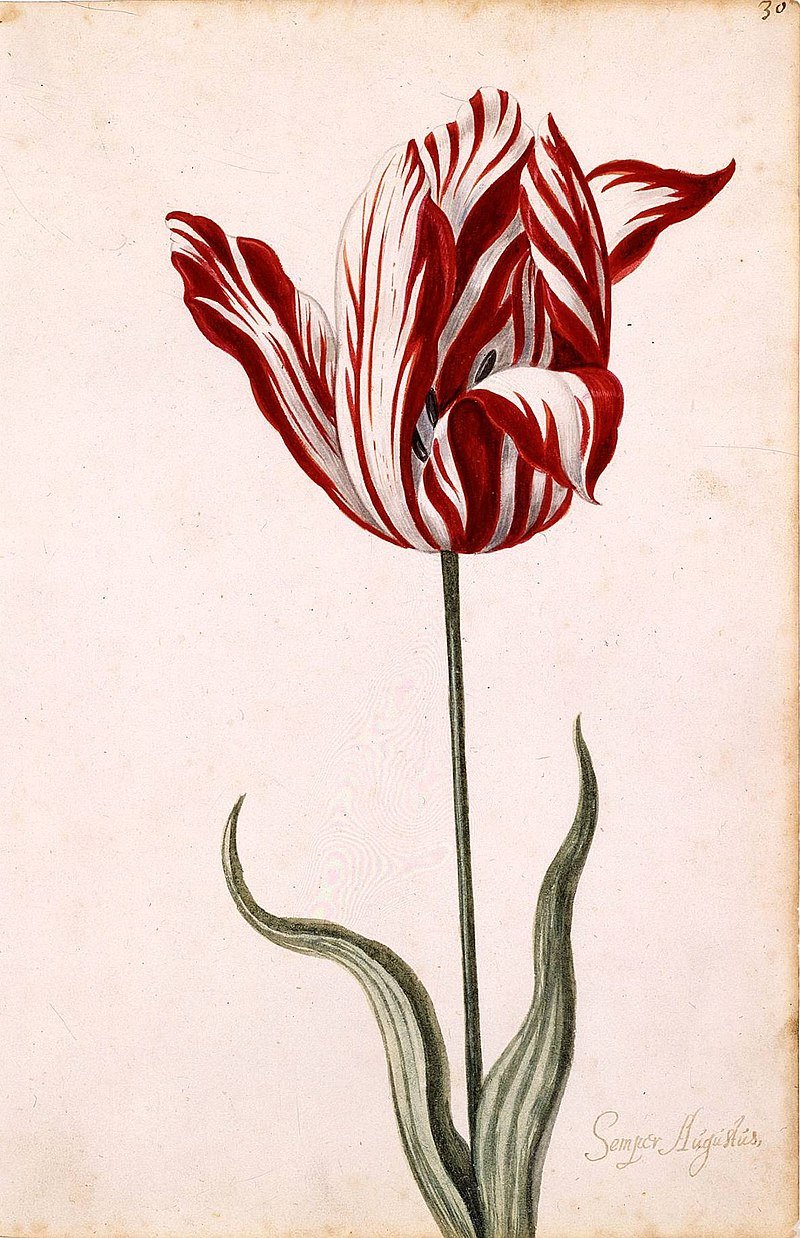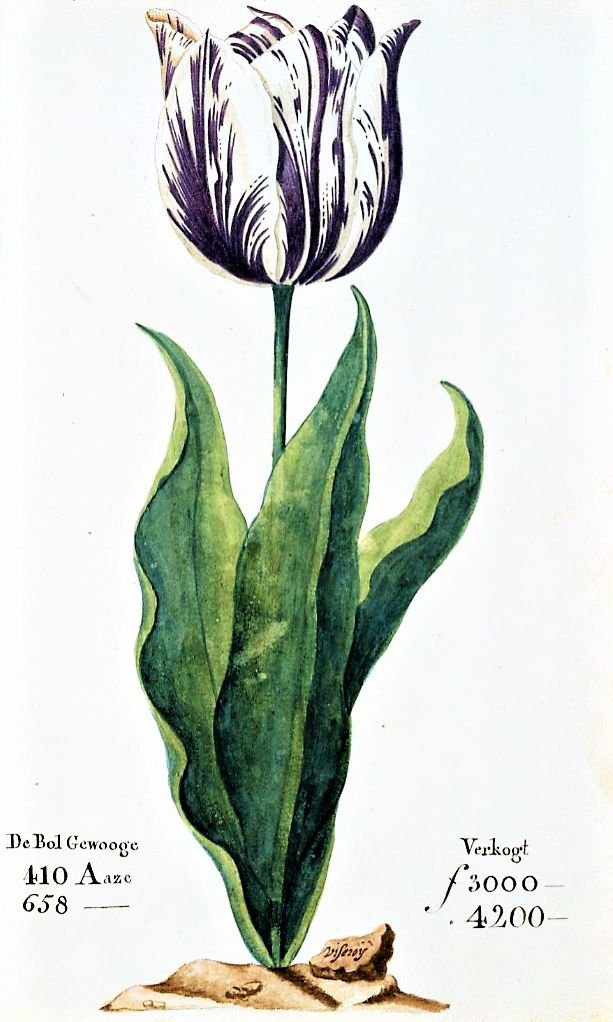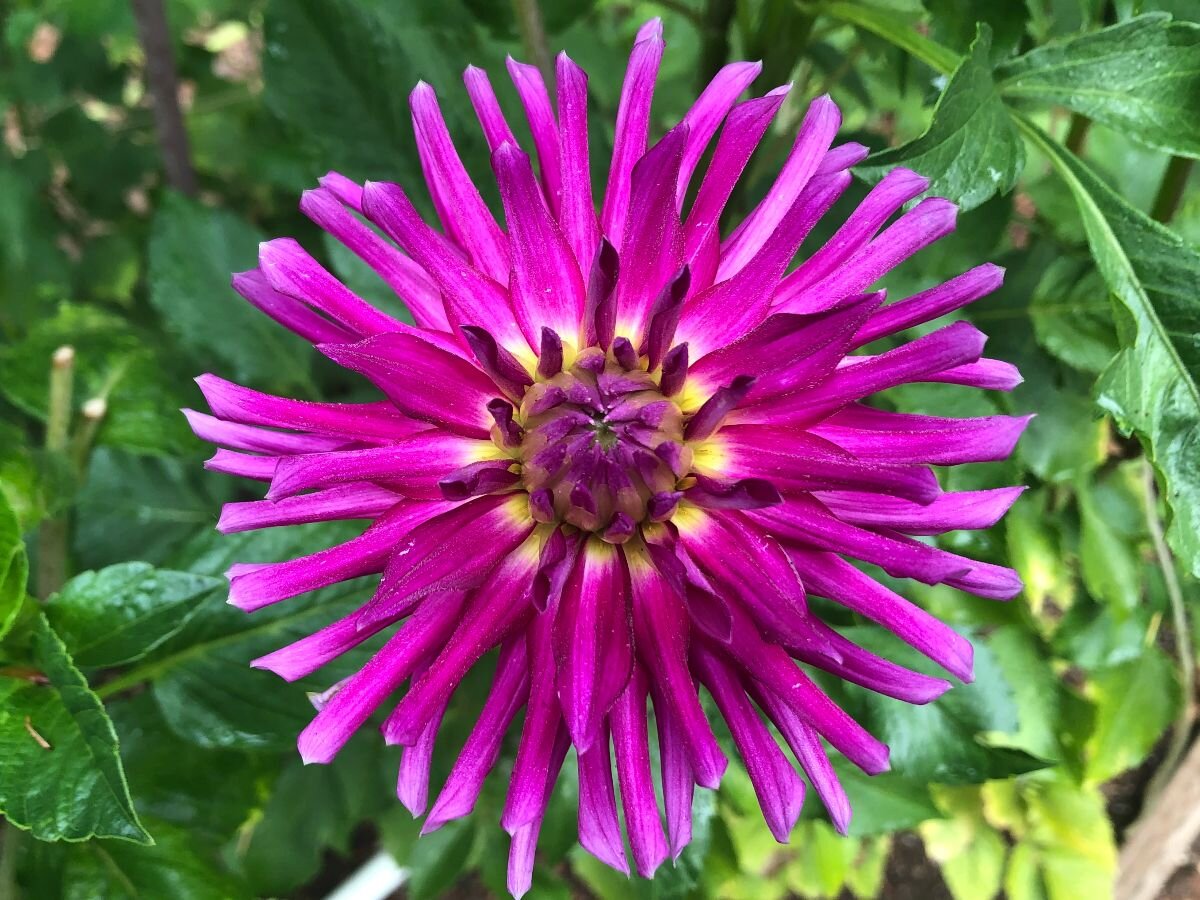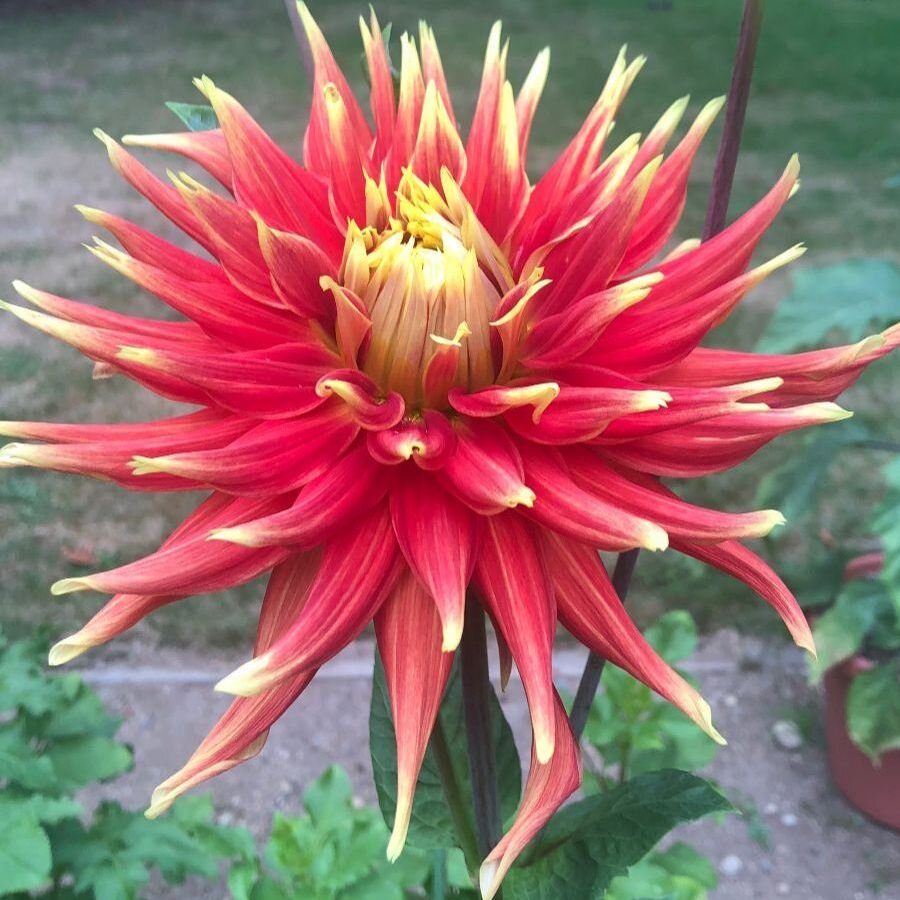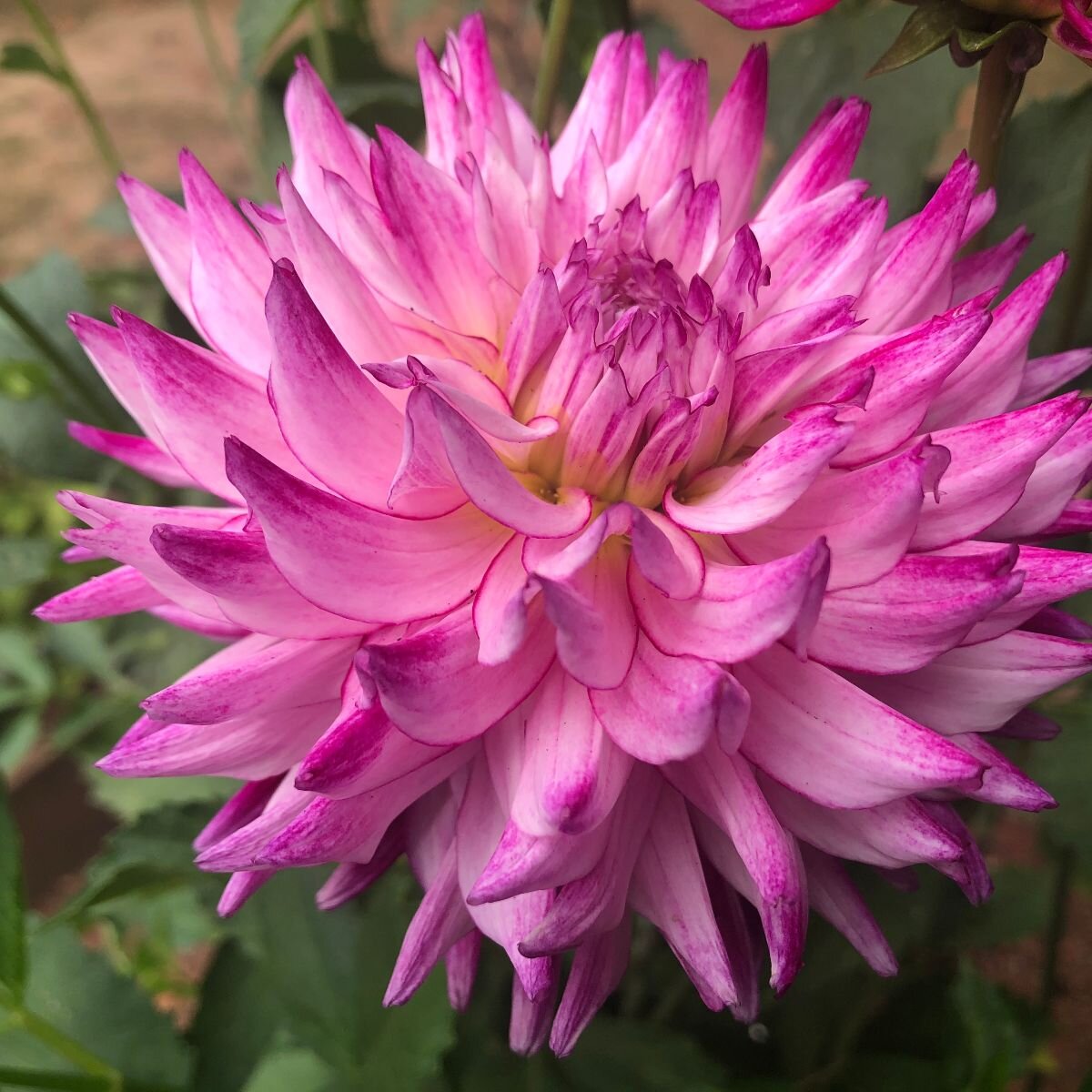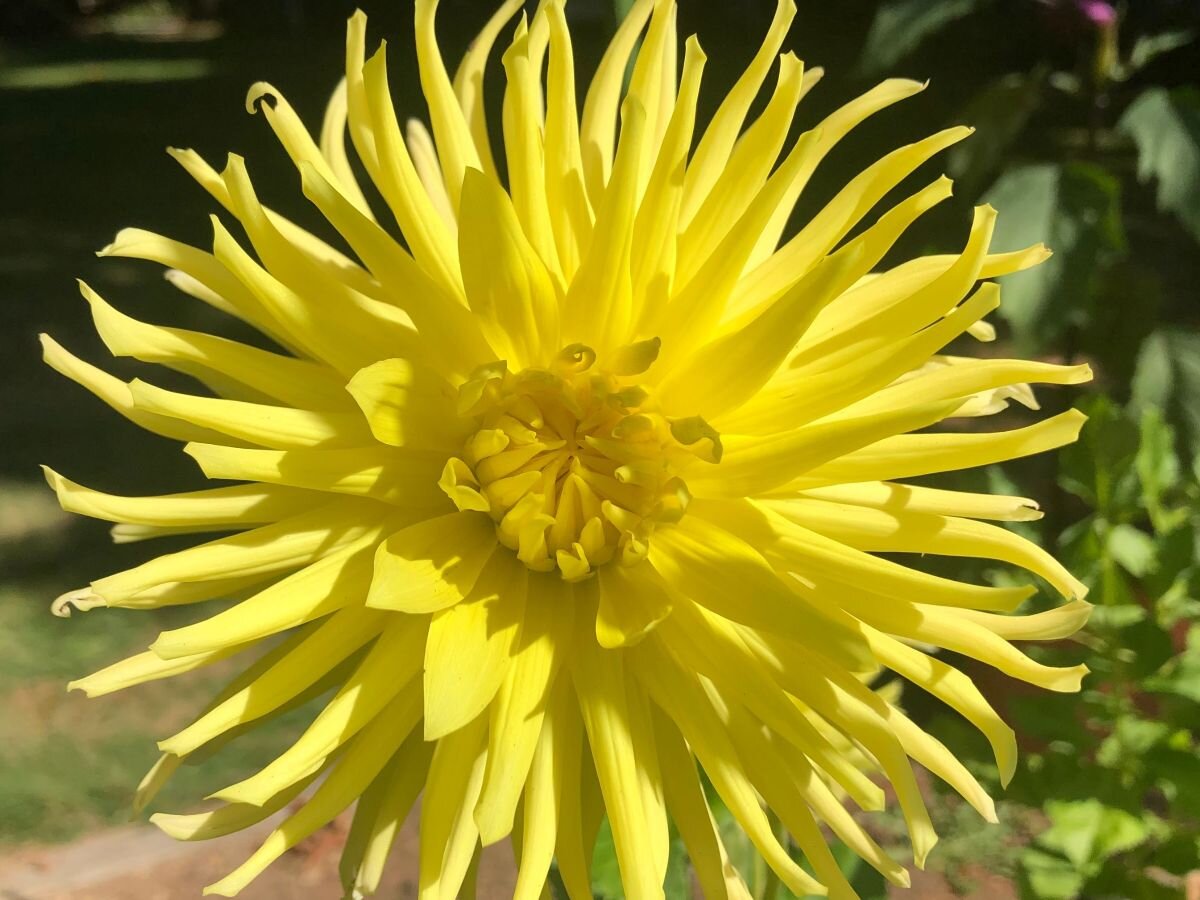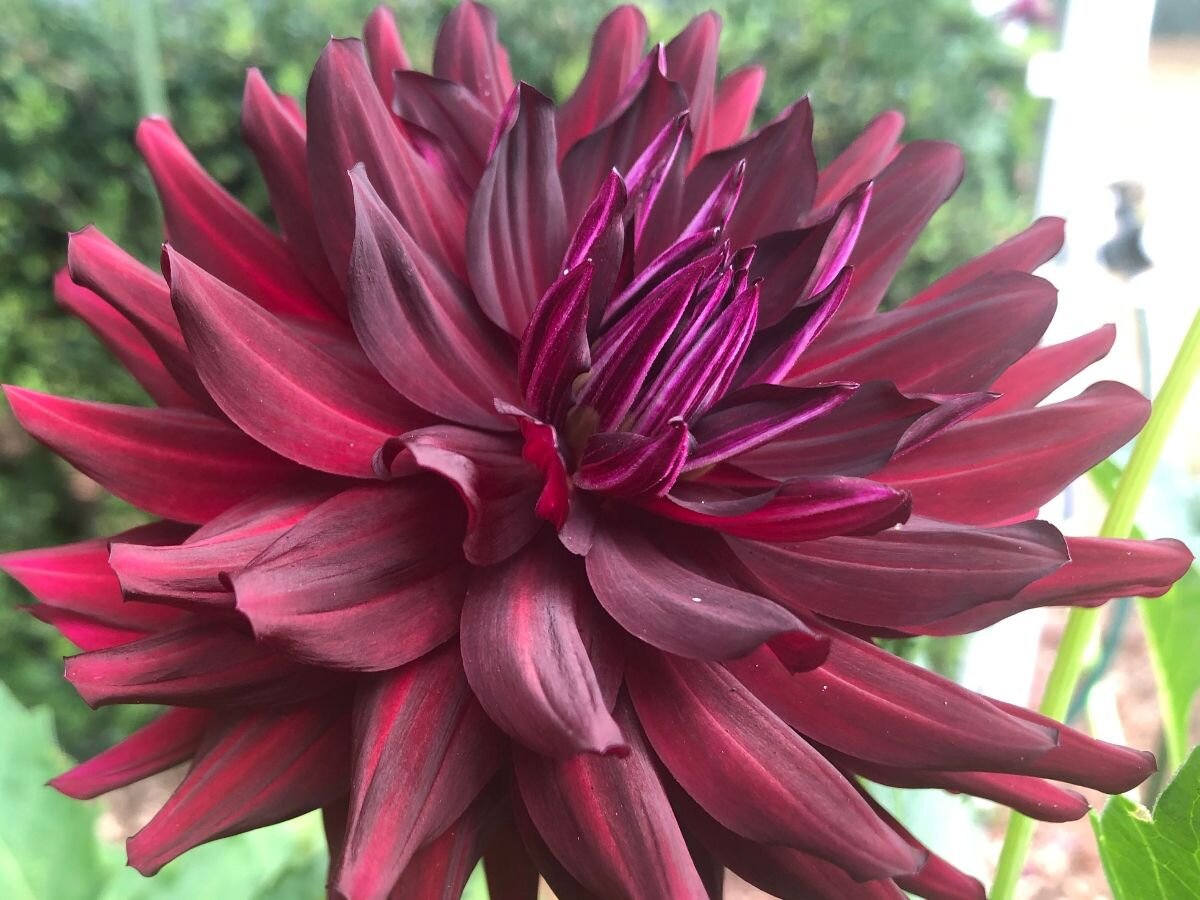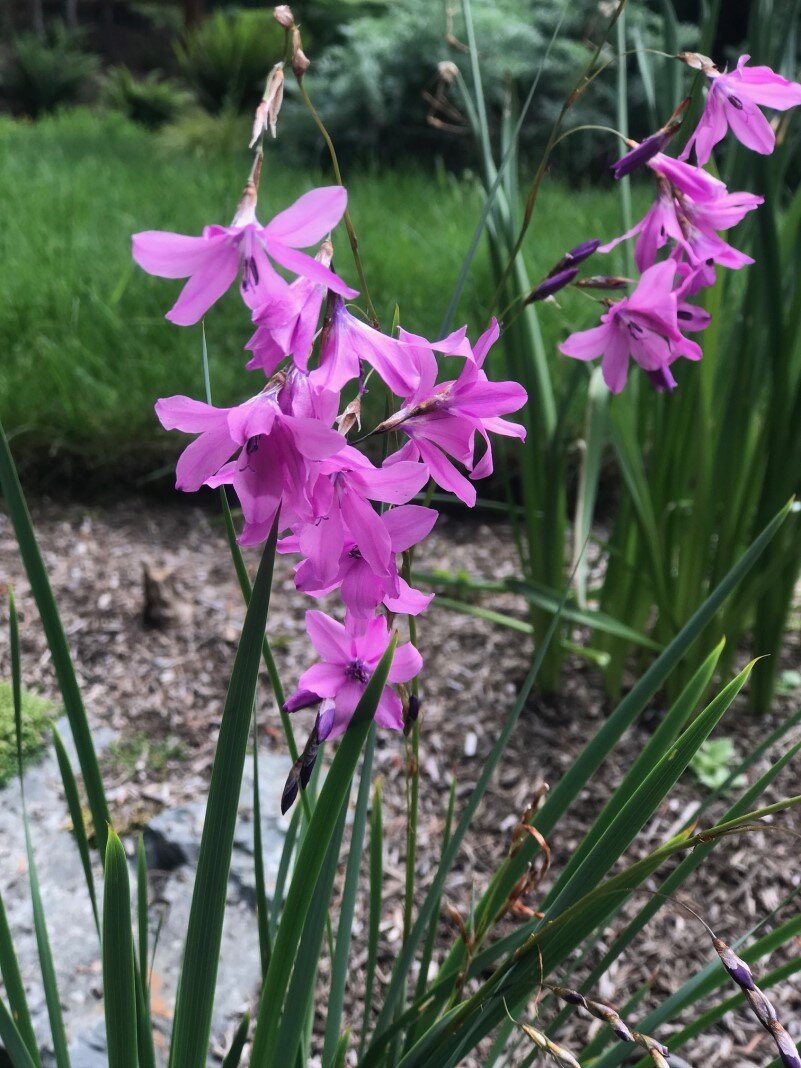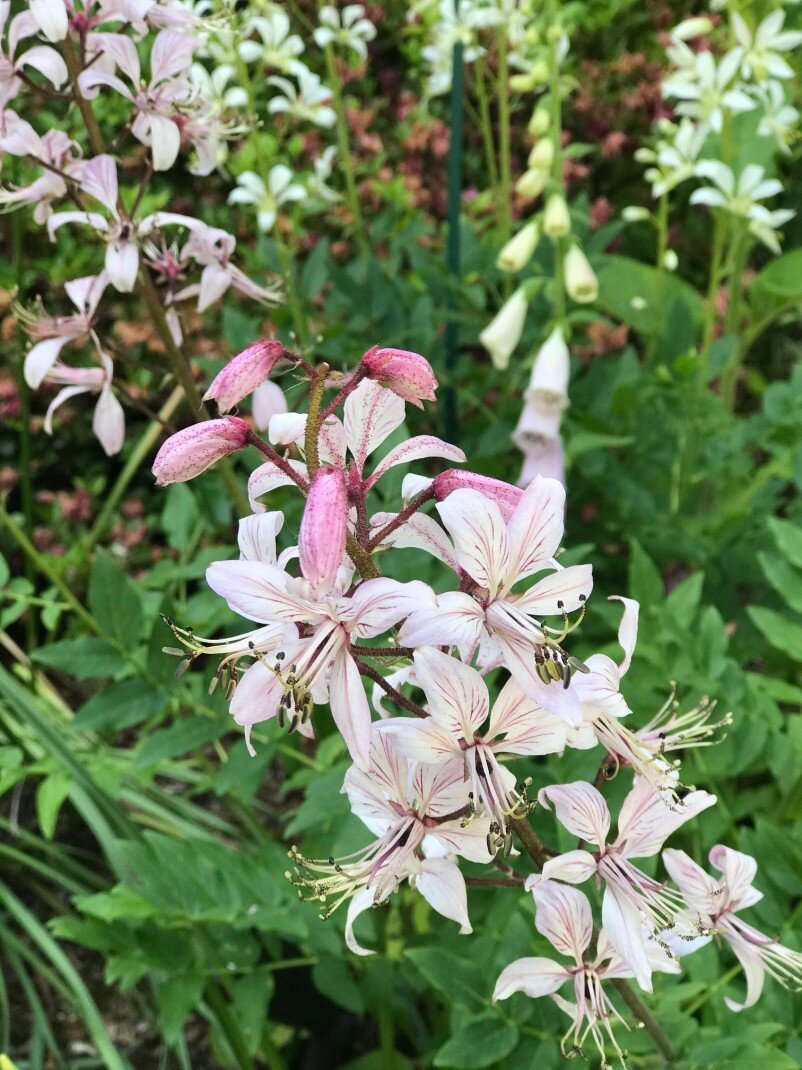This year as you plant your tasty tomatoes in the sunniest spots in your garden beds, leave a little bit of space in the sun for the king of summer: Ocimum basilicum, or basil. This tasty herb has quite a history in culinary circles, medicinally and in folklore from around the world.
Originally believed to have come from Asia and Africa to Greece in Alexander the Great’s time (circa 340 BC), it has since traveled the world and become a beloved part of many different cultures’ meals. Who hasn’t enjoyed the deliciousness of Pasta con Pesto or a Thai curry that is steeped in fresh basil or a soothing, healing cup of tulsi ginger chai?
Interestingly, basil has been associated by different cultures with conflicting emotions (hatred and love), the ability to both protect against the danger and enhance the breeding potential of scorpions and the strength to ward off evil or, conversely, the ability to encourage verbal ranting when planting it to have a successful growing season. In some sense, this makes it a well-rounded herb, adapted to all contingencies of human whim and extravagance.
According to the WIKI website “Witchipedia”, basil can enhance astral projection or even assist your ride on a flying broom. Make sure to save a little bit of basil for Halloween night!
For financial prosperity, try tucking a fragrant basil leaf into your wallet or back pocket — at the very least, you will enjoy the smell.
However you choose to assign your loyalty to basil, be sure to learn about this plant’s needs so you can grow it successfully.
Full of Flavors
Chemically speaking, basil has three main flavor profiles derived from different compounds in the plant: sweet or anise-like, floral and spicy or clove-like. Basil also boasts rose, thyme, lemon and camphor to its profile. No wonder we are so devoted!
There are many different cultivars of our most familiar sweet basil, O. basilicum, including ones with purple leaves, ruffled leaves, small and large leaves. Thai basil is a purple-stemmed and green-leaved variety, with a more upright and sturdy profile than the more-familiar Italian varieties.
Holy basil, Ocimum tenuiflorum (previously known as O. sanctum), has a devoted following of its own, being closely entwined with the complicated love story of Vishnu and Tulasi in Hindu lore. My earliest memory of tulsi (holy basil) comes from playing with my grandma’s tulsi beads necklace, called Kanthi, when I was four. On my travels recently I was fortunate to visit Tanshikar, a working spice farm stewarded by Chinmay and Gauri. The picture is of the tulsi that is planted in the center courtyard of their beautiful ecological home. Gauri starts her day by first worshiping the plant. Chinmay mentioned, “Having this plant inside their home cleans air and infuses it with oxygen 24/7 during the day through photosynthesis and at night by a process called CAM (Crassulasian Acid Metabolism).” Holy basil is used for religious and medicinal purposes and is often brewed as a restorative relaxing tea.
There are different types of tulsi: Rama green leaf (mellow tasting), Krishna purple leaf (peppery), Vana wild variety and Kapoor heavy flowered (pollinator friendly). I have used them interchangeably in the teas, though the flavors vary a bit.
The classic pesto choice is either Italian large leaf or Genovese basil. Thai basil is best for a green curry dish or other spicy and warming dishes. All types of basil belong to the mint family (Lamiaceae) and are recognizable as such by their obviously squared stems. They are grown as an annual, and because they are not tolerant of cold soil and weather, you must wait until the “queen of summer” (tulsi) has arrived to receive her king (sweet basil). The king and queen of summer are a natural pair in the summer garden.
In Your Garden
Provide basil with well-draining and healthy soil in a sunny space. Plant it on a cool morning, and water it well after.
If you purchase a pot of basil with many plants growing in one pot, take the time to separate them, since each seedling will make one large basil plant at maturity. Check it every few days after planting to make sure it does not dry completely out as it adjusts to its new life in your garden. Apply a dilute seaweed fertilizer for a strong and sturdy plant. These liquid kelp-based products can be added to the watering bucket weekly.
Because basil is an annual, your plant will make attempts all summer long to go to flower and then to seed. It is crucial to pinch out the flowers as they appear on the tips of the branches to prevent them from completing their reproductive goal. Once seeded, the plant loses flavor and will decline. Use the trimmings as a flavor enhancer in your iced tea or as a little spice for your dinner salad.
Pinching the flower tops or even taking a snip a few leaf pairs down the stem will also create a bushier plant, with more branches to harvest later. A good strategy is to continue to prune all summer long this way and then pull the whole plant for harvest before the cold weather hits in the fall.
In this area, pulling basil by the end of September before the rainy season hits is optimal. Holy basil is an anomaly to this type of management, as the spiritual strength of the plant is believed at its peak when in full bloom. To maintain the integrity of Holy basil, grow it as a short-lived annual. Just be sure to plant lots of it at intervals from June to July so you have plants to harvest all summer long. This year I brought the pot inside for winter and the plant is thriving!
Preserving Precious Plants
Basil is a relatively problem-free plant if cared for properly. If aphids, white fly or spider mites pester your basil, it is likely your plants are water-stressed and the soil is too dry. Conversely, if you find black spots on the leaves and limp stems and leaves on the plant, your basil’s soil likely needs to dry a little between watering, the drainage needs improvement or the plants need more direct sun. Six hours of sun daily is best for a healthy plant with the most flavorful oil content.
To combat slug and snail damage, try trapping with beer or yeast in small plastic containers sunk into the soil by the plants. The snails and slugs are attracted to the trap and fall in and drown. Simply bury them once you have filled the cup. Or place wood shingles on an angle on the soil, leaving a gap underneath for the slugs and snails to shelter from the sun. Pick the shingle up and flip it over, harvest your crop of mollusks and toss them into your yard-waste bin, where they can munch their way to compost heaven.
Harvesting Your Basil
In the fall, when it is time to harvest, pull the entire plant from your garden and strip the leaves for drying or freezing. To keep some stems for fresh use, trim the branch from the whole plant and set it into a glass of fresh water. Keep the water clean and you can enjoy fresh leaves for a week.
To dry, try a food dehydrator, ensuring even heat and complete dehydration to avoid spoilage.
A simple way to preserve the fresh flavor of basil with a minimum of effort is to chop the basil into small strips, mix it with olive oil and freeze the mixture in ice cube trays. You can pull these out later and add to anything that requires some fresh basil flavor.
Pesto making, an annual ritual for many gardeners, can stretch your basil harvest into a plethora of tasty treats for wintertime meals. And the kitchen will smell like heaven.
To learn more about all the fine details of basil visit the Herb Society of America’s basil guide.
For one-on-one advice about your basil growing adventures, call the Garden Hotline at (206) 633-0224 or visit our website: www.gardenhotline.org.
And if you have any extra basil this summer, stop by the learning garden at McAuliffe Park any Thursday between 10 am and 2 pm in person and share a stem or two!
LAURA MATTER is an educator and Garden Hotline program coordinator for Seattle Tilth (www.seattletilth.org).
ANITA WAGHANI leads the Soil and Water Stewardship program and the learning garden in Kirkland at McAuliffe Park, sharing with the community how to grow food organically and sustainably.
